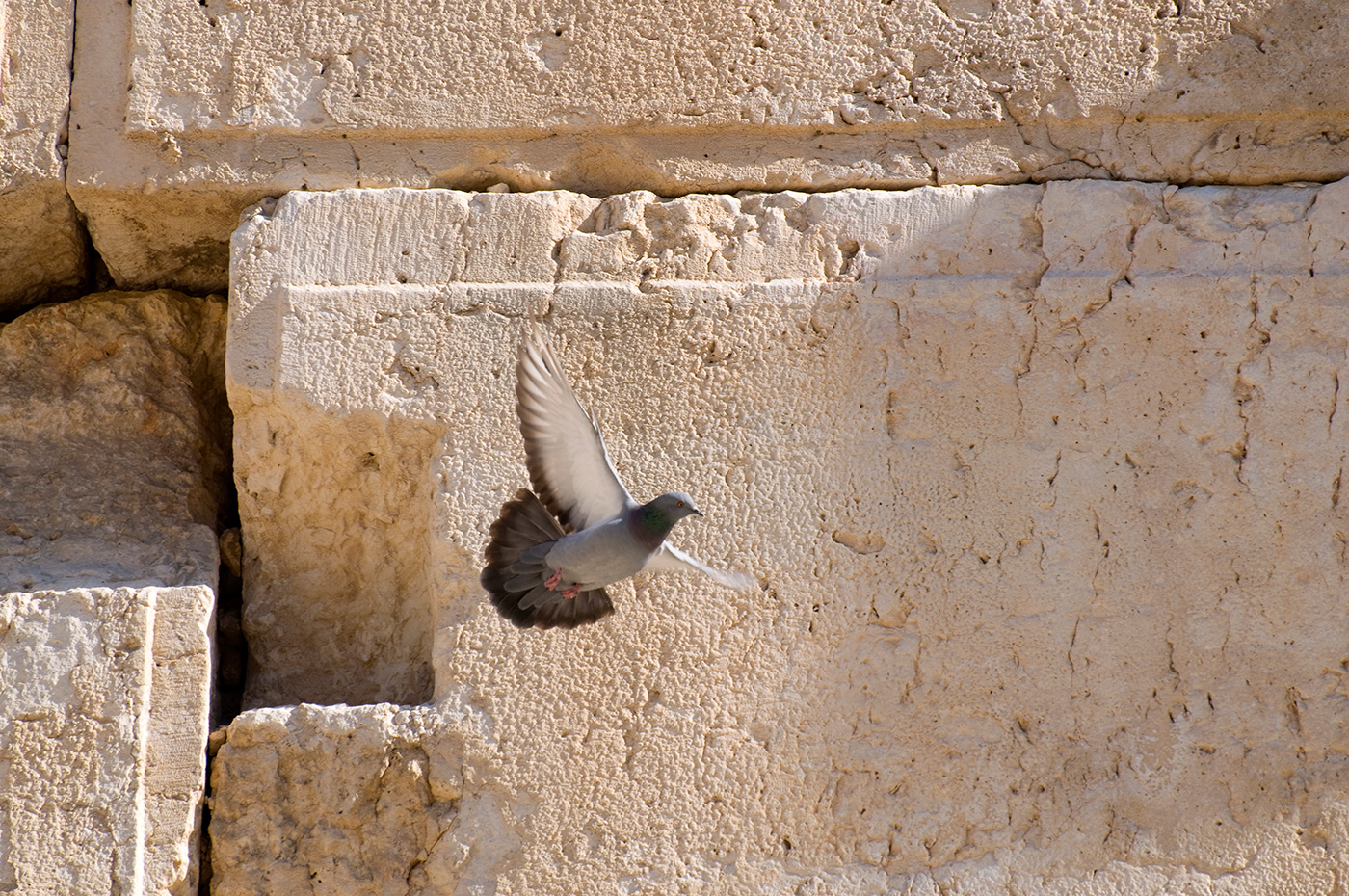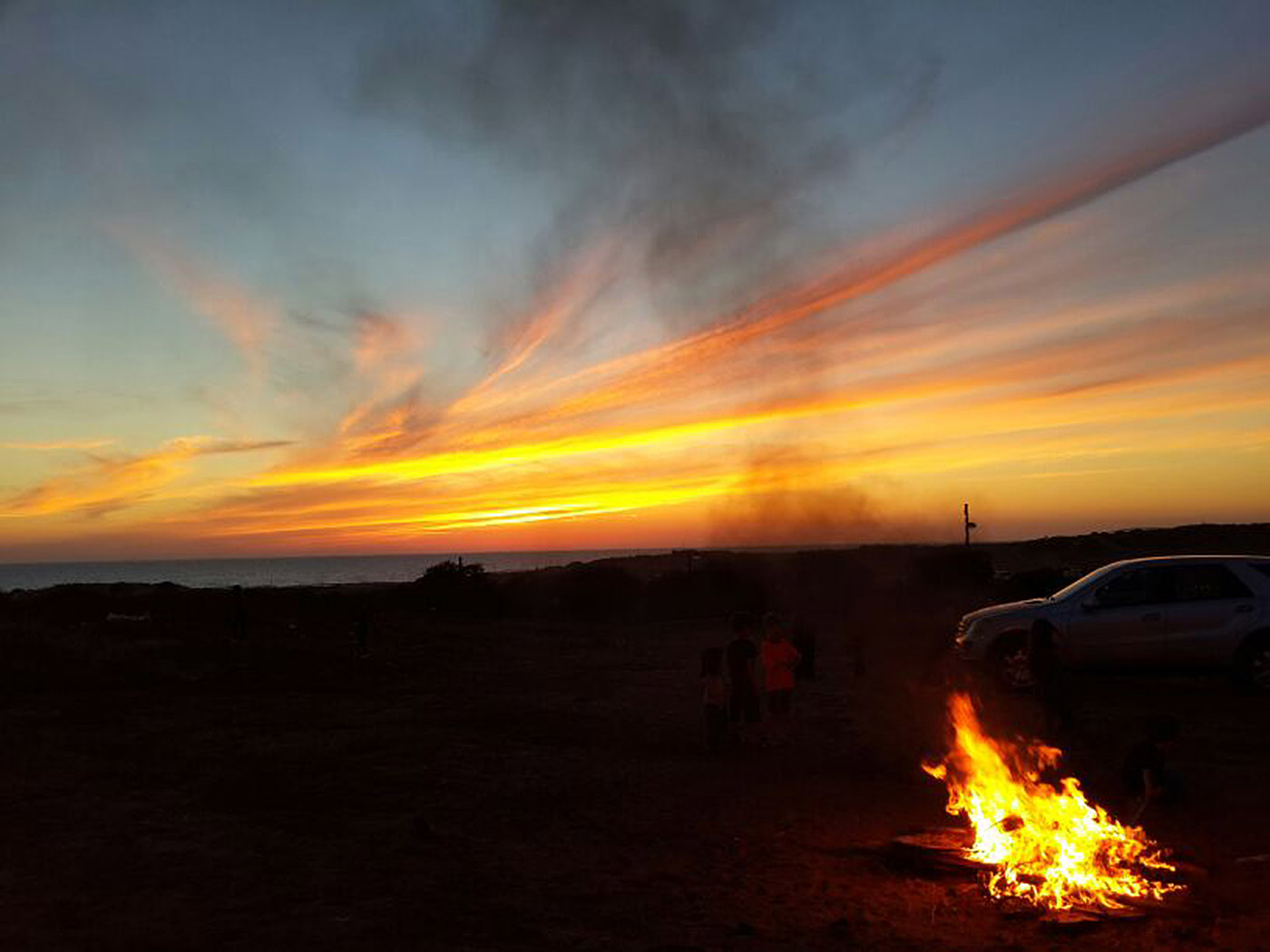The time period between Rosh Hashana, the Jewish New Year and Yom Kippur– the holiest day in Judaism, a fasting day – these days are called: The (Jewish) High Holidays.
The meaning of this time period stems from the fact that these are days of repentance; it is a time of reckoning, of request of pardon from those we have hurt and a period of reflection of the passing year and the forthcoming one: where did I go wrong? How do I do better?
It is especially a time of repentance between people, while God is summarizing his years when judging each person at his own time, per his own actions.
In his article “Feast of the Trumpets remembers world’s creation”, David Johnson states that:
“…. Rosh Hashanah is not one big party, as the New Year’s celebrations on Dec. 31 tend to be. Rosh Hashanah is a time for personal introspection and prayer.
Jews may also visit graves. It is thought that the prayers or good wishes of the dead can help the living. By wishing each other well and sending cards, people let friends know what happened in the past year and what plans lie ahead. Christmas cards and get-togethers fill a similar role for Christians.
Rosh Hashanah is part of a process of spiritual growth. The Hebrew month preceding it, Elul, is a time for charity, tzedakah. Rosh Hashanah falls on the first and second days of the seventh month, Tishri.”


